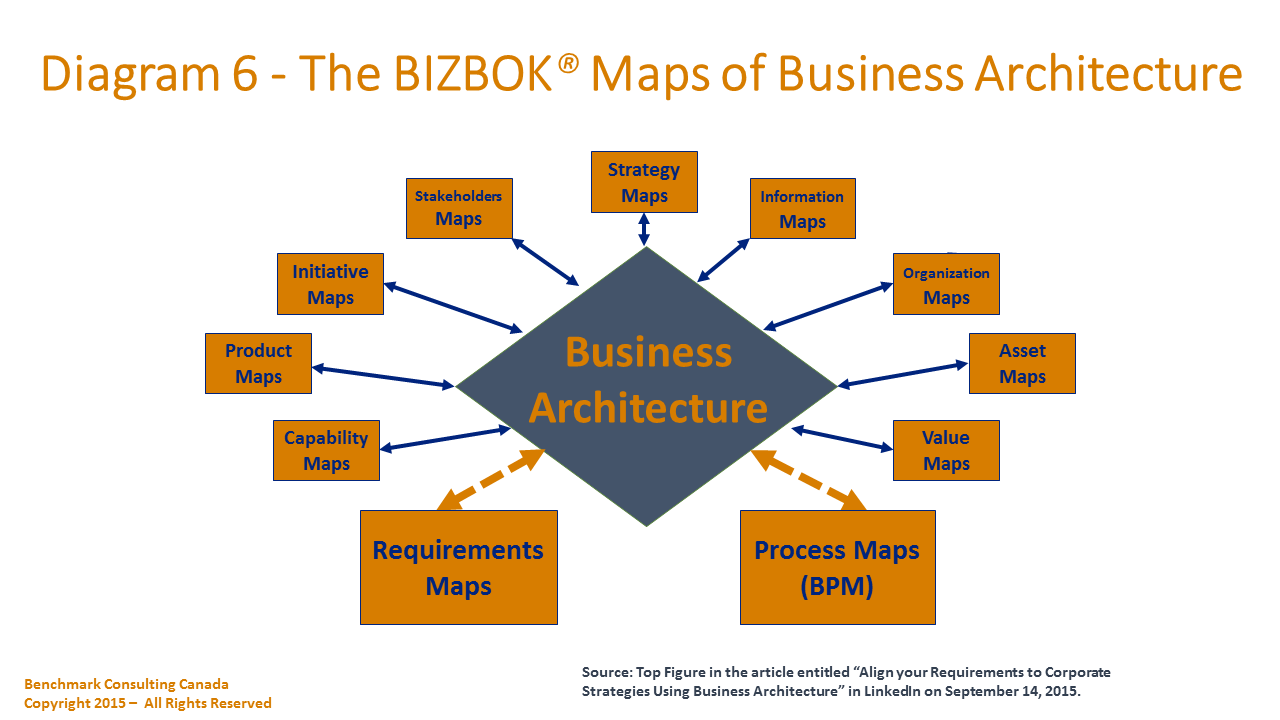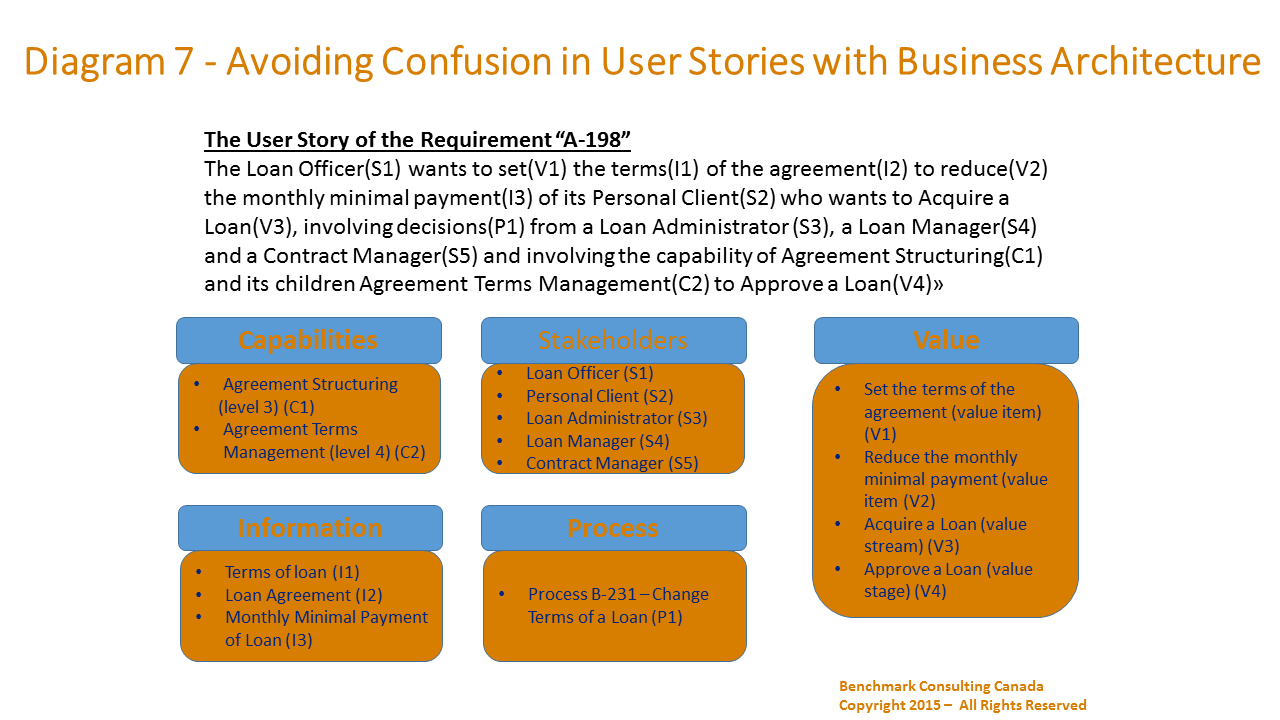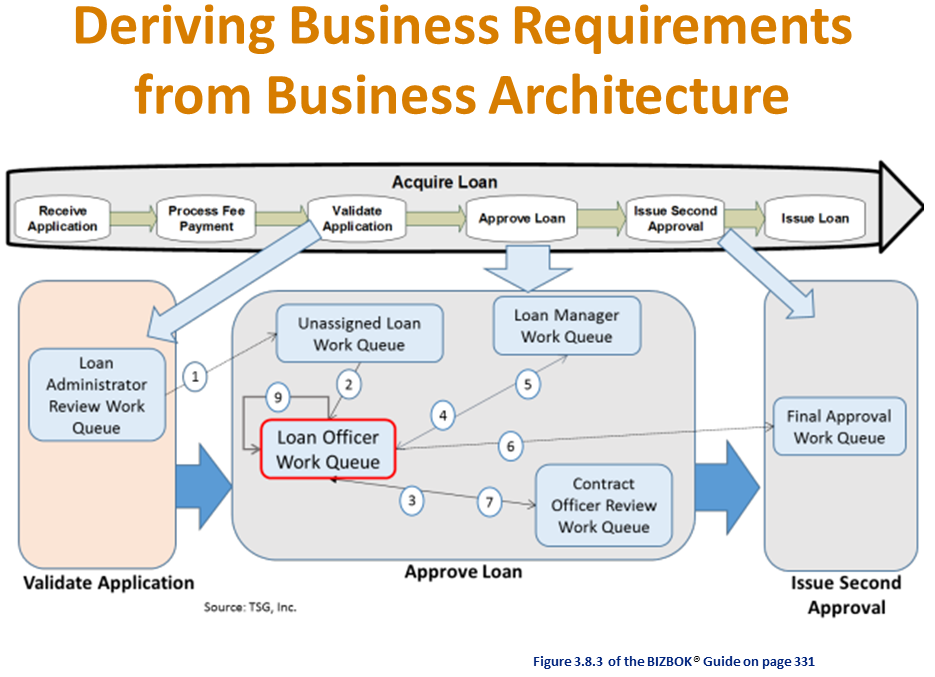The Art of Measurement and Business Architecture
Building a Business Architecture model without measuring any of its key elements is a pure waste of time.
This article examines the need for strategic and tactical measurements, how to have effective measurements (KPIs) in place, presents various measurement diagram examples, and finally, names two sources of KPIs lists for various industries.

The Need for Measurement
Business Architecture will only contribute in driving Information Technology (“IT”) and Business Alignment if key business and IT stakeholders promote a “metrics-driven behavior (devising KPIs and incorporating them into the performance appraisal process).” Failure of Business Architecture initiatives and project is often the fact that C-level management hasn’t taken the time to set the Key Performance Indicators (“KPIs”) properly, as mentioned in Jason Bloomberg’s article .
KPIs can be defined at all levels of a business architecture model, including objectives/strategies, capabilities, value streams, organizations, initiatives, stakeholders, products/services, information, physical and IT assets, requirements and processes and especially all the actions and relationships that link the various parts of a business architecture together.
Some business strategies may truly be ill-advised and extremely risky. Showing the difference between strategies using chosen KPIs is what differentiates the best enterprise/business architects from others. Good business architecture will allow identifying the gaps between the current architecture and future state options by comparing architectures against KPIs and quantify the risks, using impact analyses and decision trees among others, as indicated in an article written by Tim O’Neill.

Measuring Effectively
The set of possible measurements for Business Architecture is very large since Business Architecture is the link between strategy and execution. Business Architecture measurements can be grouped into strategic, tactical and governance values.
Strategic Values
Business Architecture is the missing link between strategy and execution. KPIs for Strategic Values should stay focus on measuring some cohesive business goals, including business strategy execution progress measurements, business culture index(es), productivity, business communication effectiveness, business growth opportunities, and cost structure optimization.
Tactical Values
At a tactical level, the purpose of practicing Business Architecture is to improve the efficiency of your organization’s operations. Measurements of efficiency, costs, time will vary based on the nature of your organization’s business.
Governance Values
Governance is the other key area where Business Architecture can deliver value, by determining costs variances, examining detailed impact analyses and establishing balanced scorecards associated with risks.

Defining measurements/KPIs can be challenging. Good KPIs must have a target value and a way to be accurately measured and reported. Ideally, good KPIs should include the following characteristics, as mentioned by John Parker :
Aligned with the specific organization’s vision, strategy, and objectives.
Optimized—The KPIs should be focused on providing organization-wide strategic value rather than on non-critical local business outcomes. Selection of the wrong KPI can result in counterproductive behavior and sub-optimized results.
Measurable—Can be quantified.
Realistic—Must be cost effective, coherent with the organization’s culture and constraints and achievable within the given timeframe.
Attainable—Requires targets to be set that are observable, achievable, reasonable, and credible under expected conditions as well as independently validated.
Clear—Clear and focused on avoiding misinterpretation or ambiguity.
Understood—business and IT stakeholders and relevant organizational units should know how their behaviors and activities contribute to achieving the KPI.
Predictive—The KPI may be compared to historical data over a reasonably long time so that trends can be identified.
Agreed—All stakeholders should agree and share responsibility for achieving the KPI target.
Reported—Regular reports are made available to all stakeholders and contributors, so they know the current state of the business architecture model element and take corrective action if required.
There are numerous ways to design measurement/KPIs diagrams. In this article, you will find 5 diagrams, including the 2-dimensions pie and donut charts, the 2 or 3 dimensions bar chart, the 3 dimensions bubble chart and finally the 4-dimension radar chart.

Sources of KPIs
There are numerous sources of KPIs lists. It’s easy to get lost. In the Business Enterprise Architecture world, I will limit myself to two. First, there are the KPIs lists for each of the four IT Values Streams defined by the OPEN Group; especially the KPI list regarding the Strategy to Portfolio IT Value Stream . Second, there is the APQC’s Process Classification Framework that contains hundreds of processes , including detailed definitions and thousands of key measures for numerous industries. In particular, the APQC’s Process Classification Framework includes a section about developing and managing Business Capabilities
Definitions and Key Measures that can be very useful for Business Architecture . As for the latest version of BIZBOK, surprisingly it often mentions the necessity of measurements/KPIs but does not elaborate further than that.

Conclusion
This article has examined the need for strategic and tactical measurements, how to have effective measurements (KPIs) in place, presented various measurement diagram examples, and finally named two sources of KPIs lists for various industries.


















